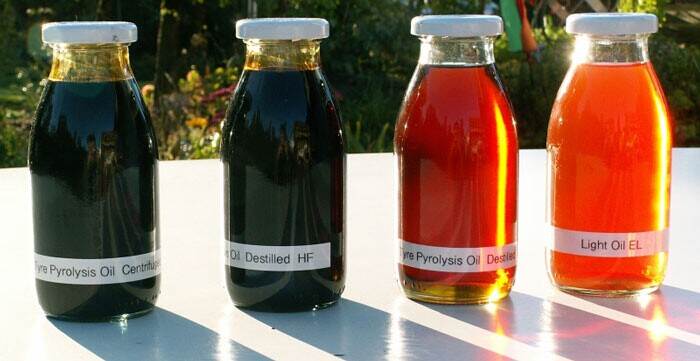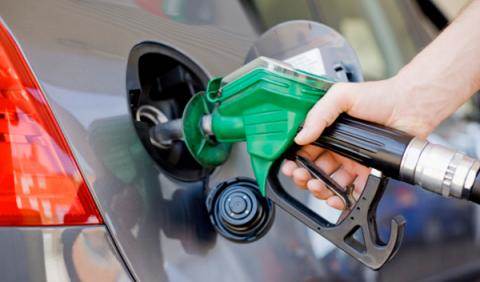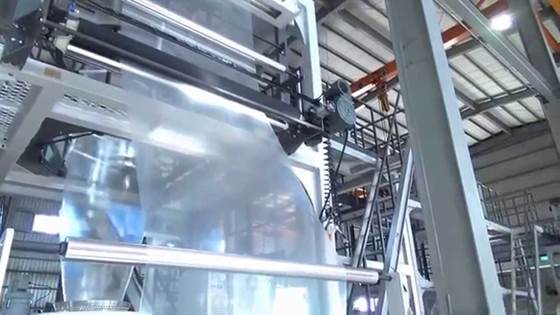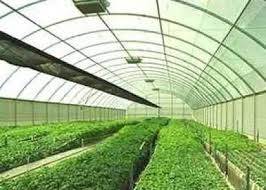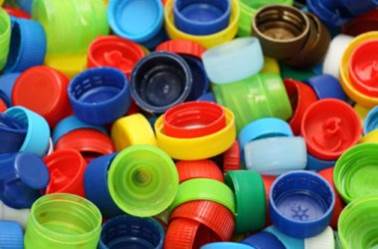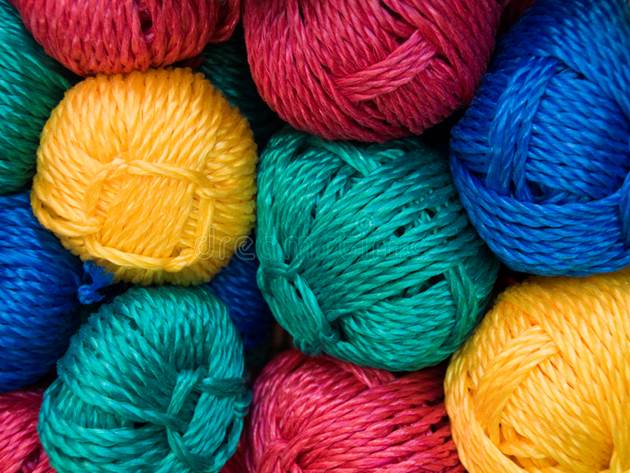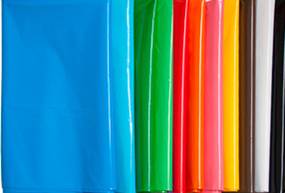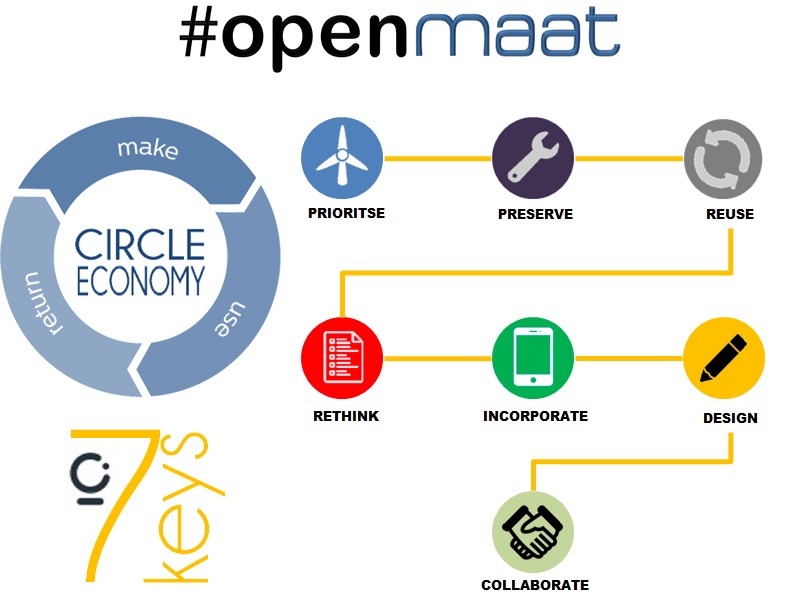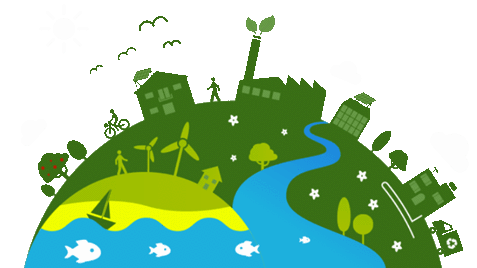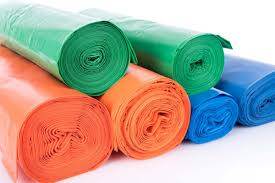
WE ARE THE B2B EVOLUTION
A NEW WAY TO BUY, SELL AND RELATE

#openmaat´s Trade Model
#openmaat´s Trade Model is focussed on Commodities transactions and the aim is to drastically increase the offers availability to inward and outward trade to Commodities Worldwide
#openmaat methodology is based onto the applying International Chamber of Commerce (ICC) best practice tools and techniques to the benefit of both buyers and sellers when structuring our Trade Solutions
discover our Pruducts & Services offering
Fostering the Circular Economy
 The Circular Economy is a $4.5 trillion opportunity. It presents huge potential for global economic growth and will also accelerate society towards a sustainable future
The Circular Economy is a $4.5 trillion opportunity. It presents huge potential for global economic growth and will also accelerate society towards a sustainable future
 The Circular Economy is a $4.5 trillion opportunity. It presents huge potential for global economic growth and will also accelerate society towards a sustainable future
The Circular Economy is a $4.5 trillion opportunity. It presents huge potential for global economic growth and will also accelerate society towards a sustainable future
The concept of the circular economy isn’t widely understood by business. Mobilizing this opportunity will remain a challenge until many more business leaders adopt a “circular mindset.”
It´s the greatest opportunity to transform production and consumption since the First Industrial Revolution 250 years ago. Committing to the 7 Keys of Circular Innovation implies being able to boost the resilience of the global economy, support people and communities around the world, and help meet the Paris Agreement and the UN Sustainable Development Goals.
Key #1 - Prioritse regenerative resources
 Ensure renewable, reusable, non-toxic resources are utilised as materials and energy in an efficient way. The argument is that the planet is the global ecosystem, source of the resources necessary for society and at the same time dumping of all the waste caused by economic activity. As the planet is finite, the global ecosystem obviously has limits both as a source of resources and regenerative capacity, and as a capacity for assimilation. As the economic system has evolved exponentially, it is currently too large in relation to the global ecosystem ... (Bifani, 1997, p.125)
Ensure renewable, reusable, non-toxic resources are utilised as materials and energy in an efficient way. The argument is that the planet is the global ecosystem, source of the resources necessary for society and at the same time dumping of all the waste caused by economic activity. As the planet is finite, the global ecosystem obviously has limits both as a source of resources and regenerative capacity, and as a capacity for assimilation. As the economic system has evolved exponentially, it is currently too large in relation to the global ecosystem ... (Bifani, 1997, p.125)
Key #2 - Preserve and extend what´s already made
 While resources are in-use, maintain, repair and upgrade them to maximise their lifetime and give them a second life through take back strategies when applicable. A core principle of acting within a circular economy is to preserve complexity: preservation of ecological diversity is a core source of resilience for the planet. Material and energetic losses are tolerated for the sake of preservation of biodiversity; it is a much higher priority. Habitats, especially rare habitats, are not encroached upon or structurally damaged through human activities.
While resources are in-use, maintain, repair and upgrade them to maximise their lifetime and give them a second life through take back strategies when applicable. A core principle of acting within a circular economy is to preserve complexity: preservation of ecological diversity is a core source of resilience for the planet. Material and energetic losses are tolerated for the sake of preservation of biodiversity; it is a much higher priority. Habitats, especially rare habitats, are not encroached upon or structurally damaged through human activities.
Key #3 - Use waste as a resource
 Utilise waste streams as a source of secondary resources and recover waste for reuse and recycling. A priority is placed on preserving material complexity, by cascading materials in their most complex form for as long as possible. Material cycles are designed to be of lengths that are relevant on a human timescale, appropriate to the natural cycles to which they’re connected, matched to material scarcity and as geographically short as possible. Materials are not mixed in ways such that they no longer can be separated and purely recovered, unless they can continue to cycle infinitely at high value in their mixed form. Materials are used only when necessary
Utilise waste streams as a source of secondary resources and recover waste for reuse and recycling. A priority is placed on preserving material complexity, by cascading materials in their most complex form for as long as possible. Material cycles are designed to be of lengths that are relevant on a human timescale, appropriate to the natural cycles to which they’re connected, matched to material scarcity and as geographically short as possible. Materials are not mixed in ways such that they no longer can be separated and purely recovered, unless they can continue to cycle infinitely at high value in their mixed form. Materials are used only when necessary
Key #4 - Rethink the Business Model
 Consider opportunities to create greater value and align incentives through business models that build on the interaction between products and services. Towards a Circular Economy. rethinking value chains to boost resource productivity. Recently, the circular economy has attracted a lot of attentionfrom a broad audience ranging from policy makers, scientist, NGO’s and – often large – companies. It’s impact on finance however, has attracted less attention. We hope to correct this as finance can be a major enabler of the transition towards a circular economy.
Consider opportunities to create greater value and align incentives through business models that build on the interaction between products and services. Towards a Circular Economy. rethinking value chains to boost resource productivity. Recently, the circular economy has attracted a lot of attentionfrom a broad audience ranging from policy makers, scientist, NGO’s and – often large – companies. It’s impact on finance however, has attracted less attention. We hope to correct this as finance can be a major enabler of the transition towards a circular economy.
Key #5 - Incorporate Digital Technology
 Track and optimise resource use and strengthen connections between supply chain actors through digital, online platforms and technologies that provide insights. The economic system is inherently adaptable and resilient. The economic system has governance systems, incentives and mechanisms in place that allow it to respond to systemic shocks and crises. This refers to the distribution of power, the structure of information networks and ensuring that back-ups exist in the case of failure of parts of the system. The same principles of resilience apply on small as well as large scales.
Track and optimise resource use and strengthen connections between supply chain actors through digital, online platforms and technologies that provide insights. The economic system is inherently adaptable and resilient. The economic system has governance systems, incentives and mechanisms in place that allow it to respond to systemic shocks and crises. This refers to the distribution of power, the structure of information networks and ensuring that back-ups exist in the case of failure of parts of the system. The same principles of resilience apply on small as well as large scales.
Key #6 - Design for the future
 Account for the systems perspective during the design process, to use the right materials, to design for appropriate lifetime and to design for extended future use. Product design is the engine with which we can accelerate the transition towards a circular economy. Creating innovative products and exploring new ways to deliver services is a means for which circular design can come to life. Designers are the change agents for circular business within their organisations and play a key role in making the circular economy, a priority in future strategies.
Account for the systems perspective during the design process, to use the right materials, to design for appropriate lifetime and to design for extended future use. Product design is the engine with which we can accelerate the transition towards a circular economy. Creating innovative products and exploring new ways to deliver services is a means for which circular design can come to life. Designers are the change agents for circular business within their organisations and play a key role in making the circular economy, a priority in future strategies.
Key #7 - Collaborate to create joint value
 Work together throughout the supply chain, internally within organisations and with the public sector to increase transparency and create joint value. Join forces across value chains in forums, engage with other companies and stakeholders to remove barriers and work on solutions that will create growth while reducing impact. Achieving a circular transformation requires teamwork across functional areas (i.e. R&D, procurement, supply chain, manufacturing and marketing).
Work together throughout the supply chain, internally within organisations and with the public sector to increase transparency and create joint value. Join forces across value chains in forums, engage with other companies and stakeholders to remove barriers and work on solutions that will create growth while reducing impact. Achieving a circular transformation requires teamwork across functional areas (i.e. R&D, procurement, supply chain, manufacturing and marketing).



